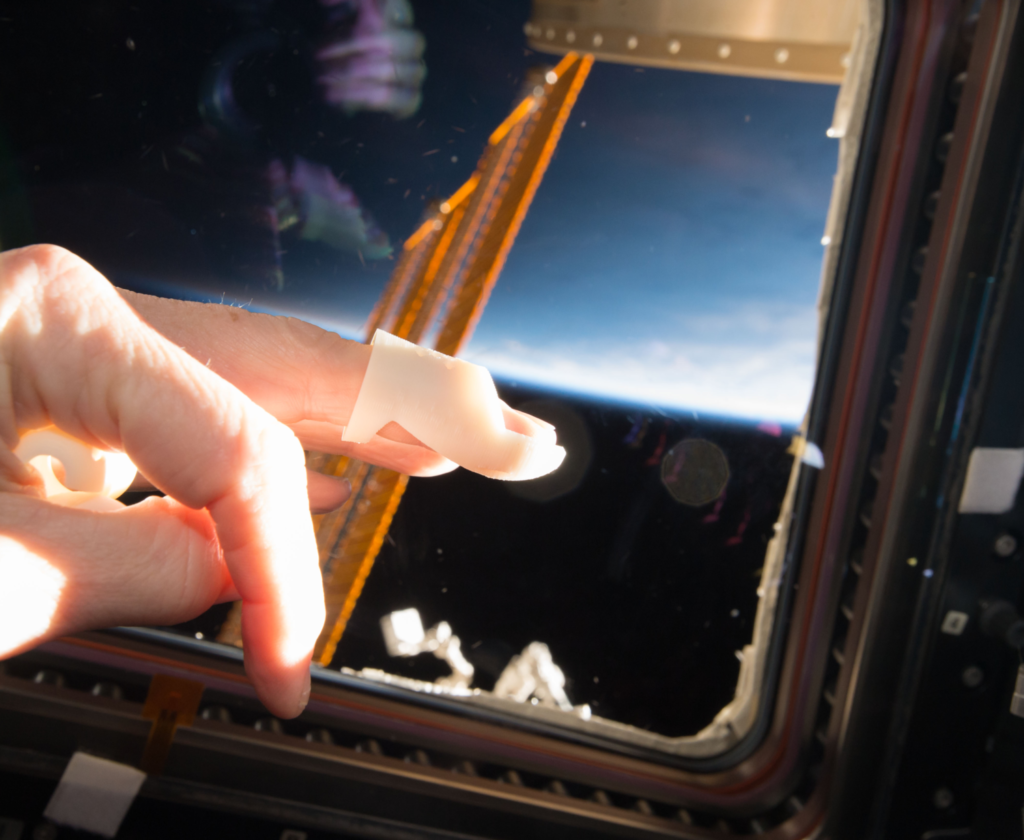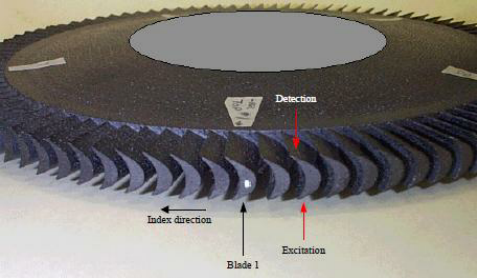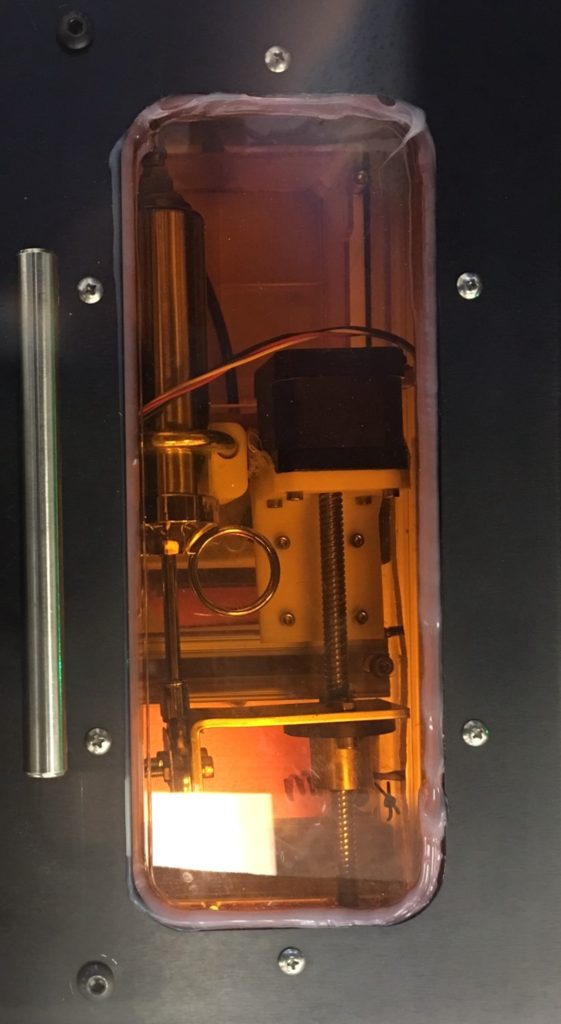Made In Space to Launch Ceramic SLA 3D Printer to ISS
Innovative space company Made in Space has continually surprised us with inventions such as the Archinaut large object printer, bioprinting, its longest 3D printed part, and its Additive Manufacturing Facility for the International Space Station (ISS). Now, the company is set to launch a stereolithography 3D printer to the ISS specifically to make ceramics. Made In Space, now a part of commercial space roll up Redwire, aims to put the printer on Northrop Grumman’s 14th commercial resupply mission (NG-14).

When planning multi-year sojourns in space, astronauts can’t possibly bring all of the spare parts with them nor could they bring every emergency tool for every eventuality. NASA saw 3D printing early on as a “bag of holding“—a sort of Duck Tape that can solve in-space emergencies. The technology could repurpose waste into useful tools or turn packaging in to useful gear. 3D printing could print organs needed for astronauts or parts for broken spacecraft or even moon bases.
So, bit by bit NASA and its collaborators are trying to 3D print everything that they can. At the same time, Made in Space has been looking at how to fund all of these space printers and in-space manufacturing became their answer. Theoretically, in microgravity it should be possible to make all manner of objects that could outperform those made on earth. Earlier, the company tried to do this with ZBLAN fiber, producing it in space for use on Earth. Now, it’s time for turbine blades.
Through the Turbine Ceramic Manufacturing Module (CMM), the company wants to demonstrate “ceramic turbine blisk manufacturing in microgravity for terrestrial use.” As things stand, it may just be cheaper to turn idle airliners into vomit comets, but as a funding attempt it is an idea that could have high impact.
Turbine blisks are generally a bit of a focus area for companies like Sciaky and GE, with these high-end blades being repaired using 3D printing a lot, and made increasingly via AM, as well. Any performance increase in these blades could have an impact on aviation. Furthermore, they may have significant cost and performance impacts on space exploration itself.
NASA has been trying to commercialize ceramic matrix composites for combustion chambers and blisks since the 90s at least. Ceramic-composite blisks would also be a significant technology to implement on missiles and could see applications on future engines, such as the Aerospike. Significant research on them has been carried out at Glenn and other sites for years under the UEET and other programs.
Specifically, SIC Matrix composites are generally interesting because of their “inherent oxidation resistance, low density, high strength, and creep-rupture resistance[. C]ontinuous fiber-reinforced ceramic matrix composites (CMC) based on SiC fibers and SiC matrices can thermally outperform superalloys and thus are strong candidates for advanced hot structural components.” The applications could potentially go a lot further than only blisks, but, as of yet, we don’t know if Made in Space can make fiber-reinforced SLA parts. But, couple in space manufacturing with a go-to wundermaterial and this is essentially Crunk juice for NASA researchers.

NASA’s SIMPLEX Ceramic Composite blade.
Michael Snyder, Chief Engineer of Made In Space and Chief Technology Officer of Redwire, said, “Through our partnership with NASA, we are identifying and developing advanced manufacturing processes on orbit that could yield sustainable demand from terrestrial markets. CMM is the first of several missions that could signal a new market for space enabled products.”
The team hopes for “better performance including higher strength and lower residual stress, due to a reduction in defects caused by gravity, such as sedimentation and composition gradients.”
Matthew Napoli, Vice President of In Space Operations at MIS, added, “The ceramic manufacturing technology that Made In Space is sending to the space station represents an expansion of commercial capabilities on orbit,”

The previous SLA printer Made in Space created.
Elsewhere, the company also states that SLA is significant for the following reasons:
“Of particular note is the ability to 3D print castable materials, enabling lost wax casting of high strength metal parts when paired with metal casting technologies such as FMD. SLA printing also enables manufacturing ceramic parts critical for many space applications, such as reentry shielding. SLA printing also enables manufacture of optically transparent parts, opening the door for manufacturing lenses and other optical elements with appropriate post processing.
In an earlier iteration, the company worked together with B9 creations. Now, its collaborators are NASA’s ISS Research Integration Office at Johnson Space Center, HRL Laboratories and Sierra Turbines. The breakthrough was their ability to control the liquid photopolymer in microgravity. About how they do pull this off, they are mum. Maybe they freeze it? Or fill an entire volume completely? What do you think?
Subscribe to Our Email Newsletter
Stay up-to-date on all the latest news from the 3D printing industry and receive information and offers from third party vendors.
Print Services
You May Also Like
Low-cost “Suzy” Polymer Powder 3D Printer is Faster and Cheaper than Past Models
Polish laser powder bed fusion (LPBF) firm Sinterit has released a follow-up to its predecessors, Lisa and Nils, called Suzy, a $19,490 printer equipped with a 30W fiber diode laser....
India’s $58M Space Fund Is a Boon for AM Innovation
India’s space industry is picking up serious momentum. With a projected $44 billion space economy by 2033, the country is aggressively expanding its capabilities, fostering private-sector participation, and reducing its...
Japanese Advanced Manufacturing Capabilities Grow in Europe with Sodick’s Purchase of Prima Additive
The global economy is currently undergoing a reshuffling in terms of what gets manufactured where. In large part, this trend is being driven by new geopolitical alliances and the need...
Bosch Invests €6M into Serial Auto Part 3D Printing
German industrial conglomerate Robert Bosch GmbH, the world’s largest supplier of automotive parts, has announced a new investment into Nuremberg, Germany additive manufacturing (AM) facility. The nearly €6 million in...



























